työstöTechnology: a central pillar of modern manufacturing
From tiny medical devices to giant power generators, the world’s 80% industrial products are all supported by machining technology.
Machining (referred to as machining) is a manufacturing process in which workpieces are cut, shaped and other operations are performed by mechanical equipment to change their dimensions or properties. As the cornerstone of modern manufacturing, machining technology covers a wide range of fields from traditional manual operation to computer numerical control (CNC), and is a key link in realising the transformation of products from design drawings to physical objects.
With the advent of the Industry 4.0 era, machining has evolved to integrate theDigitalisation, automation, intelligences advanced manufacturing technology to provide precision component solutions for aerospace, automotive manufacturing, medical devices and other fields.
01 Basic classification and process characteristics of machining
Machining can be divided into two main categories based on the type of processing:traditional processingrespond in singingnon-traditional processing. Each type of processing method has its own unique application scenarios and technical advantages.
Traditional machiningKey Inclusions:
turning: Workpiece rotation, tool linear movement, suitable for shafts, disc parts
milling: Tool rotation, workpiece fixed or moving, suitable for flat and curved surface machining
drilling: Specialised in hole machining for drilling, reaming and reaming operations.
Grinding: Finishing with abrasives for high precision and good surface quality.
non-traditional processing(Specialised processing) technologies include:
EDM: Metal erosion by electric discharge, suitable for complex shape processing of high hardness materials.
laser processing: Cutting, marking, welding with high-energy laser beams
ultrasonic processing: For precision machining of brittle materials such as glass and ceramics.
Water jet cutting: Cutting of materials with high-pressure water flow without heat-affected zone
02 CNC machine tools in modern machining applications![图片[1]-Machining technology: a core pillar of modern manufacturing (key technical parameters and quality control of machining)-Dalian Fuhong Machinery Co., Ltd](https://endlfh.com/wp-content/uploads/2025/09/QQ20250927-184103-800x620.png)
CNC (numerical control) technology is a revolutionary breakthrough in the field of machining. By controlling machine movements through digital programming, CNC machining achieves theHigh precision, high efficiency, high consistencyThe production model.
CNC machining centreIt is the heart of a modern machine shop and typical configurations include:
Vertical työstö centre: Suitable for plate and mould parts machining
Horizontal machining centres: for multi-face machining of box parts
5-axis machining centreComplex curved surfaces can be machined in a single clamping to complete multiple processes.
CNC programmingIt is a key aspect of CNC machining. Modern CAD/CAM software enables seamless conversion from 3D models to machining code, greatly improving programming efficiency and accuracy. Advanced programming techniques such asHigh speed cuttingrespond in singingadaptive processingProcessing efficiency and quality are further enhanced.
Accuracy indicators for CNC machines usually include:
Positioning accuracy: within ±0.005mm
Repeat positioning accuracy: within ±0.002mm
Surface roughness: Ra0.8μm or less (finishing)
03 Key Technical Parameters and Quality Control of Mechanical Processing
Machining accuracy is a core indicator of the level of machining. Factors affecting precision includeMachine accuracy, tool selection, cutting parametersrespond in singingprocess plan.
Optimisation of cutting parametersIt is the key to improving the quality of processing:
cutting speed: Optimum range according to workpiece material and tool type
feedrate: Important factors affecting machining efficiency and surface quality
Depth of cut: Rational selection based on machine rigidity and tool strength
Quality control systemEnsure machined products meet design requirements:
process monitoring: First article inspection, inspection system to ensure production stability
final inspection: Full inspection using CMMs, optical measuring instruments, etc.
Quality Documentation: Complete inspection records and traceability system
Modern machine shops commonly useStatistical process controlMethods to achieve preventive quality control, reduce scrap rates and improve product consistency through data analysis and process monitoring.
04 Examples of machining applications in various industries![图片[2]-Machining technology: a core pillar of modern manufacturing (key technical parameters and quality control of machining)-Dalian Fuhong Machinery Co., Ltd](https://endlfh.com/wp-content/uploads/2025/09/QQ20250927-184140.png)
machiningAs a basic manufacturing technology, it permeates almost all industrial sectors. Different industries have specific technical requirements and quality standards for machining.
AerospaceIt is a concentration of high-end machining technology:
Aircraft Engine Blades: Precision Manufacturing with 5-Axis Machining Centres
Aerostructural components: extensive use of high-strength aluminium alloys and composite materials
Extremely high precision requirements, often down to the micron level
automobile manufacturingIt is the largest application market for machining technology:
Engine block, cylinder head: Highly efficient processing with special production line
Transmission gears: High-precision grinding process required
Mould Manufacturing: Covering all stamping moulds such as automotive covers
Medical Device ManufacturingSpecial requirements for machining:
Surgical instruments: small, complex, high-precision
Implants: Finishing of biocompatible materials such as titanium alloys
Extremely stringent sterility requirements and surface quality
05 How to choose a professional machining service provider
Choosing a qualified machining supplier requires comprehensive consideration of technical ability, quality system, delivery capacity and other factors.
Technical capacity assessmentKey points include:
Equipment list: machine tool brand, model, precision grade
Technical team: engineers, programmers, operators skill level
Process experience: experience and solutions for processing similar products
Quality Certification SystemIt’s basic security:
ISO9001 Quality Management System Certification
Industry-specific certifications (e.g. aerospace AS9100, medical device ISO13485)
Testing equipment configuration and metrological calibration system
Production management capacityImpact on delivery performance:
Production planning system and capacity status
Supply chain management capacity
Contingency order processing mechanism
06 Trends and Future Prospects of Machining Technology
Machining technology is moving towardsIntelligent, green and compositedirection, new technologies continue to drive change in manufacturing.
smart manufacturingis the main direction of development:
IoT technology enables device interconnectivity and data collection
Artificial intelligence applied to process parameter optimisation and fault prediction
Digital Twins Build Virtual Machining Environments
green manufacturingBecome an industry consensus:
Dry cutting and micro-lubrication technology to reduce environmental pollution
Energy monitoring and optimisation to reduce energy consumption
Tool and cutting fluid recycling
Composite Processing TechnologyIncreased productivity:
Turn-mill machining centres for process concentration
Combined additive and subtractive manufacturing (3D printing + machining)
Integration of in-line measurement and processing
Machining, as the cornerstone of the manufacturing industry, is being deeply integrated with new technologies, driving industrial upgrading and change. In the future, withArtificial Intelligence, Big Data, Digital TwinsThe in-depth application of such technologies, machining will achieve a higher level of automation and intelligence, creating new value growth points for the manufacturing industry.
When choosing a professional machining service, it is important to look not only at the equipment capabilities, but also at the supplier’sTechnology accumulation, quality culturerespond in singingCreative awarenessThis is the only way to gain a lasting competitive advantage in the highly competitive marketplace.

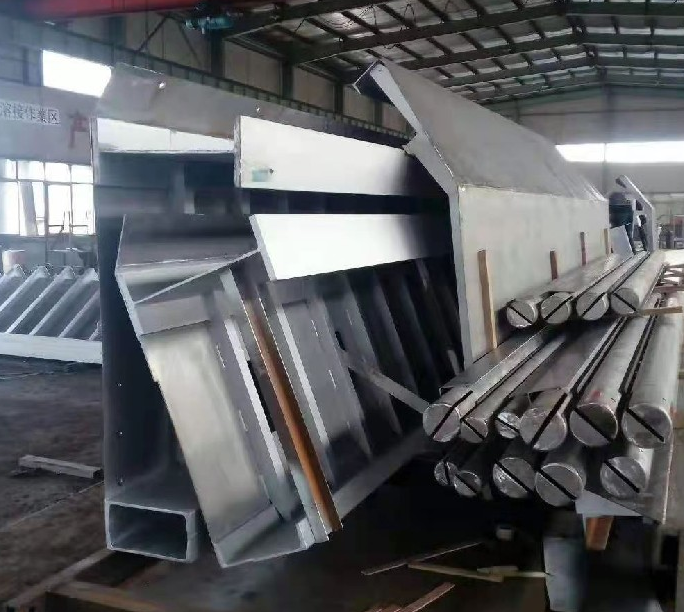


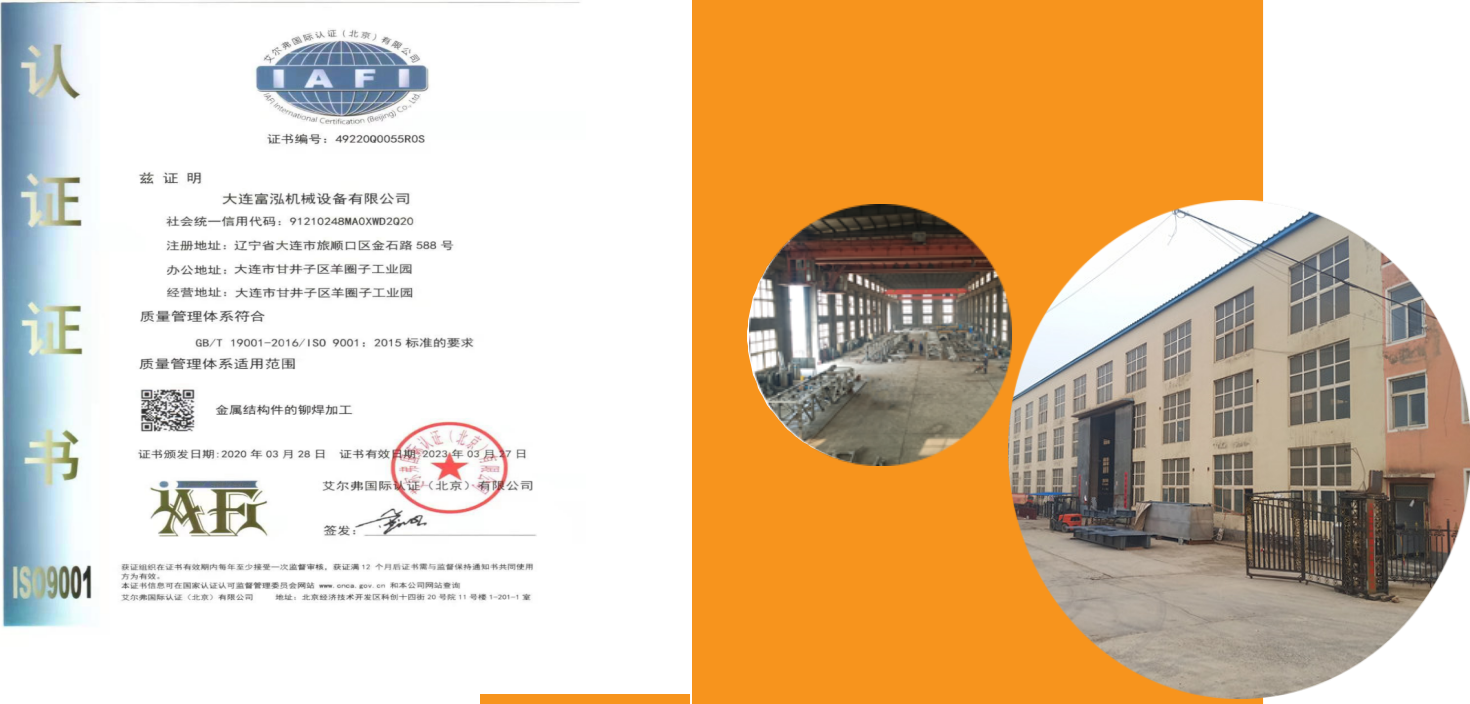
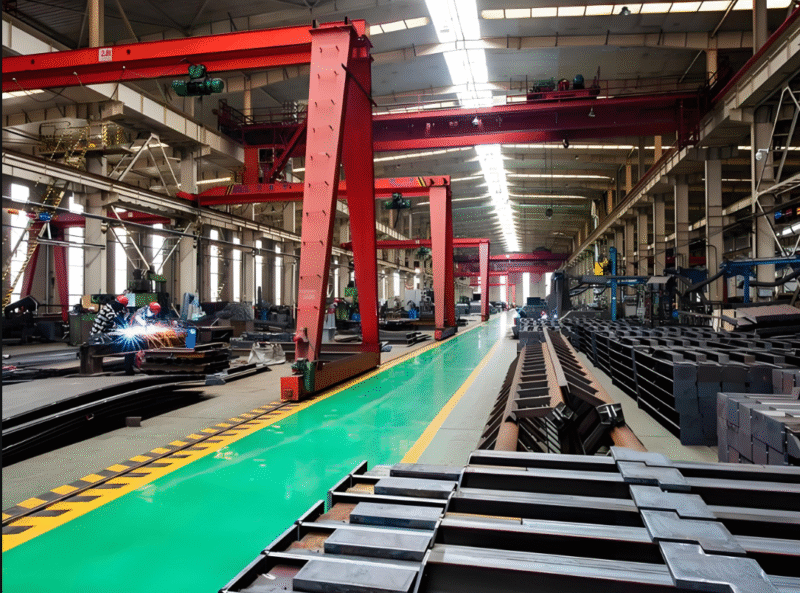

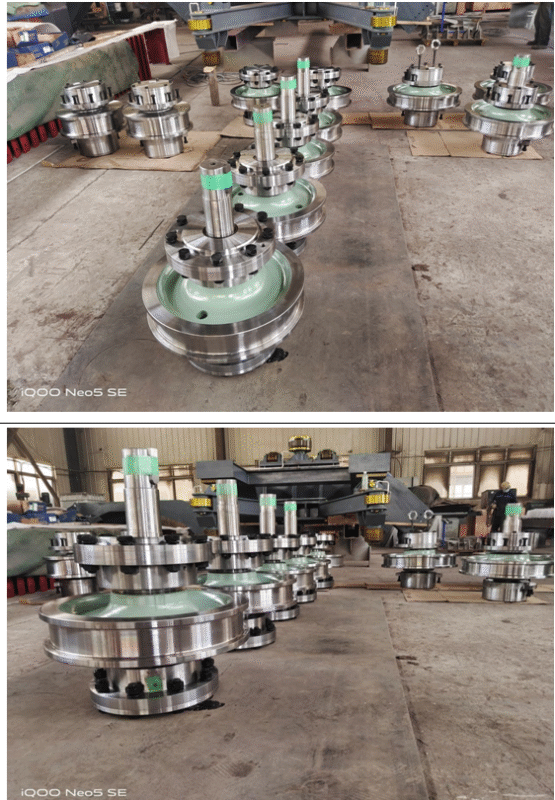
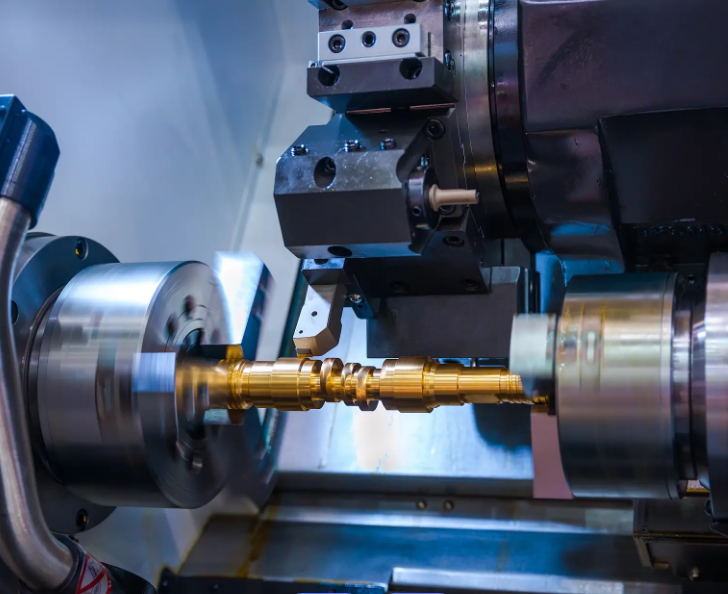
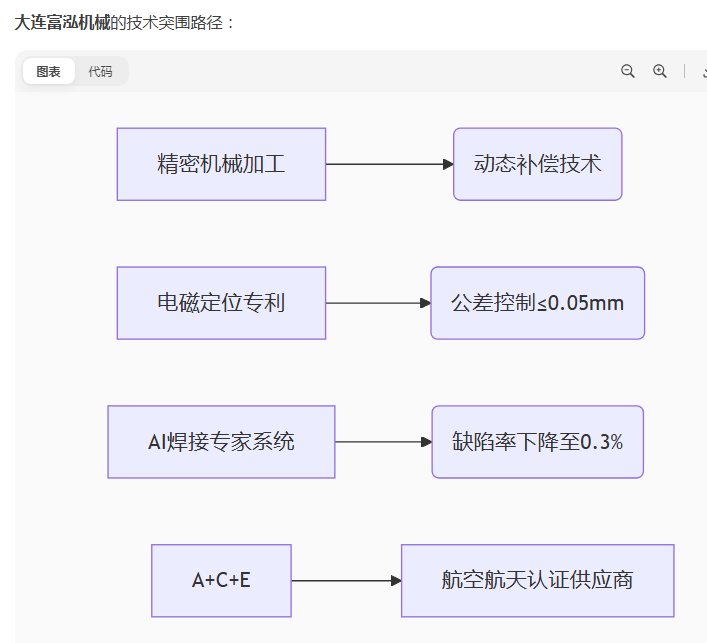
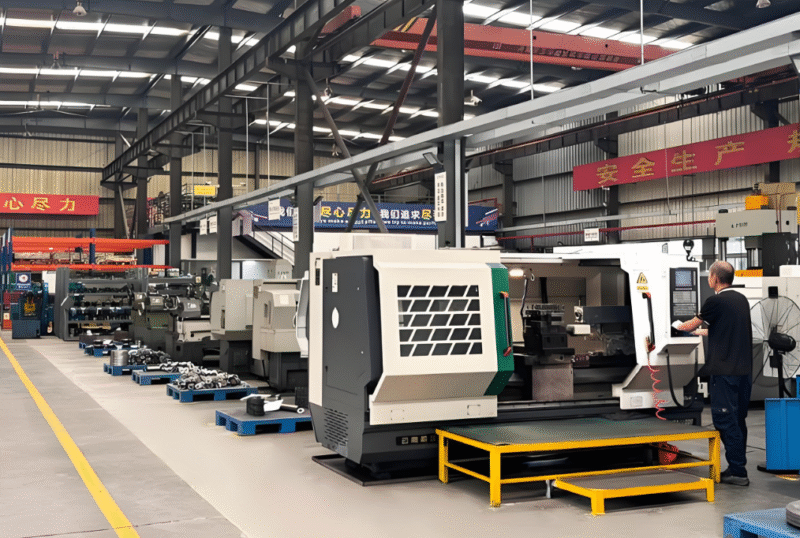
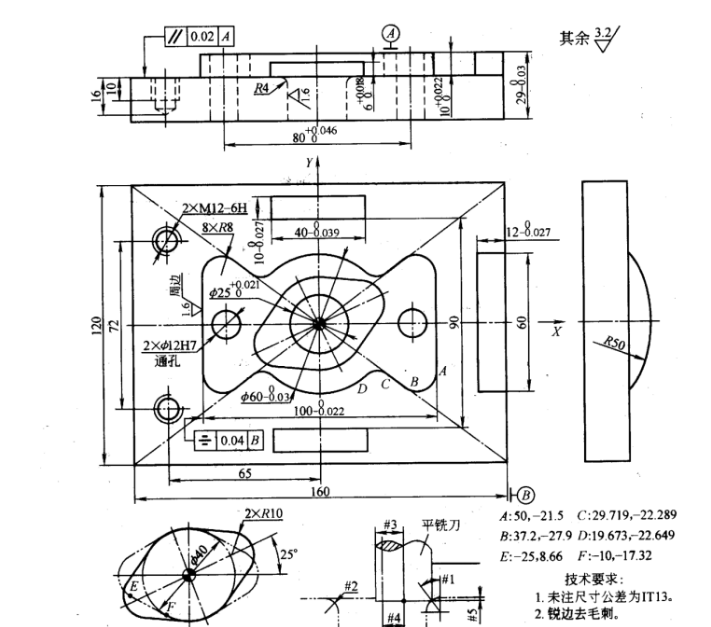
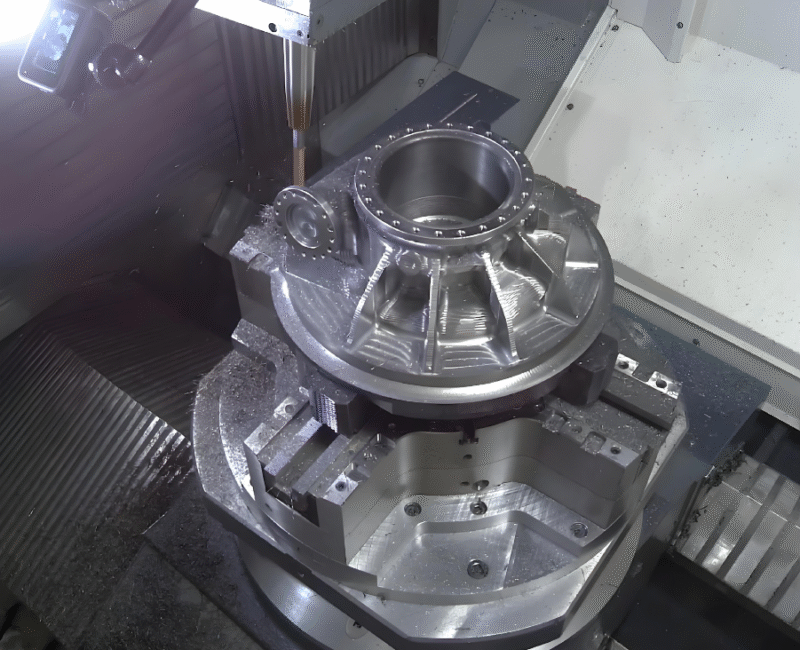

暂无评论内容